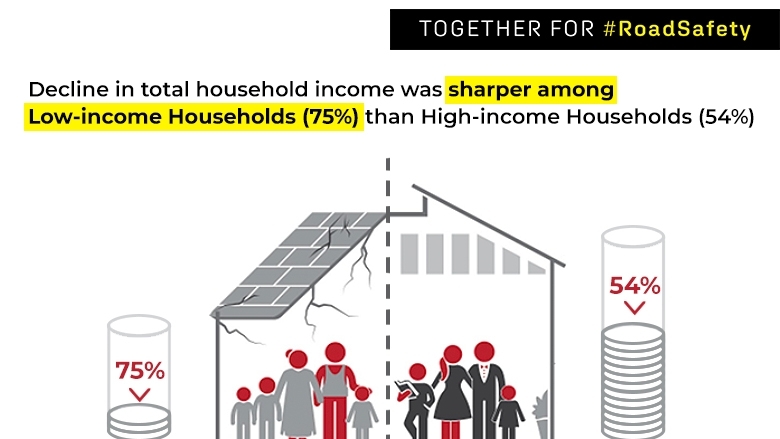Road crash deaths in India are among the highest in the world. What’s more, the socio-economic burden of road crashes is disproportionately borne by poor households. And most of those unfortunate ones, who are involved in a crash, do not have adequate access to medical and social safety net. The burden of the crash is borne not only by the victim but by their entire household.
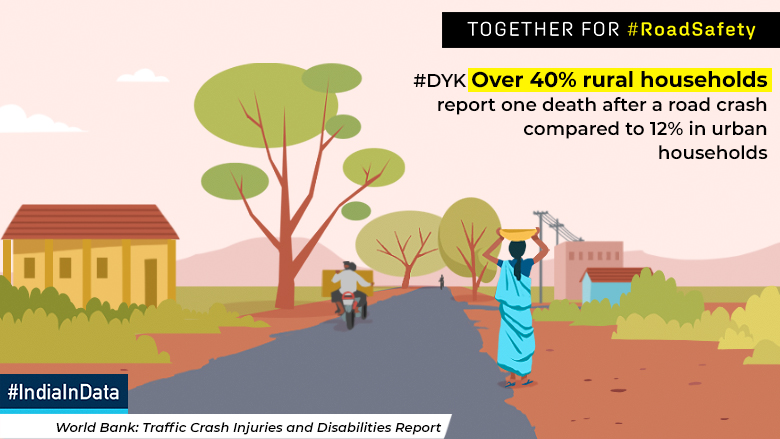
This study, done in collaboration with SaveLIFE Foundation, assesses the social, financial, gender, and psychological impacts of road crashes on poor and disadvantaged households. It is based on the survey data collected from four Indian states – Uttar Pradesh, Bihar, Tamil Nadu and Maharashtra.
Over 40% of the households in rural areas reported at least one death after a road crash compared to 12% of households in urban areas. Similarly, low-income households reported twice the numbers of deaths post-crash vis-à-vis high-income households. Victims from low-income households and rural areas are also twice more likely to suffer a disability after a crash than their high-income counterparts.
The decline in total household income was sharper among low-income households (75%) than high-income households (54%). The severe impact of decline in income was highest among low-income households in rural areas (56%) compared to low-income households in urban areas (29.5%) and high-income households in rural areas (39.5%). Within households, women bear the brunt of caregiving activities post-crash, leading to a double burden of physical and mental stress and exacerbated inequality of opportunities in returning to livelihoods and income generating tasks.
Inequality in insurance coverage and delay in accessing compensation mars the quick recovery process for low-income households. Insurance coverage was significantly higher among high-income households and households in urban areas vis-à-vis low-income households & rural areas.
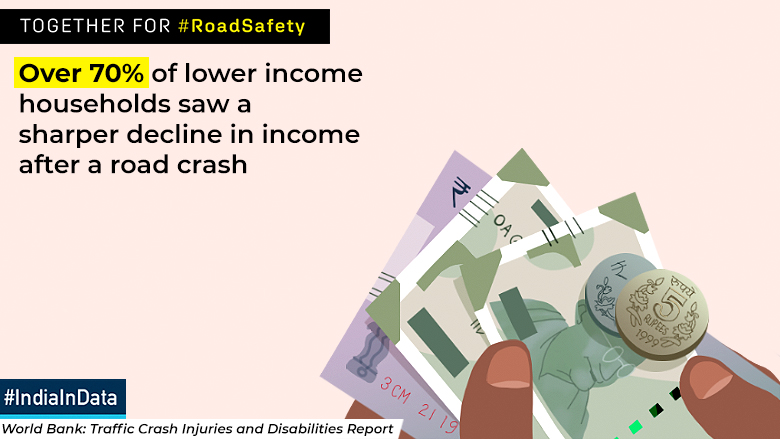
It identifies key areas needing immediate improvements and provides some key policy recommendations for the national and state governments.
MULTIMEDIA
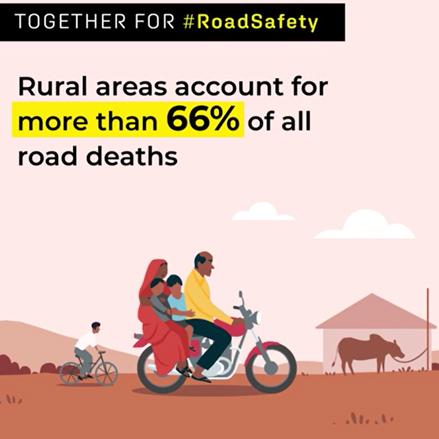
State factsheets
This state fact sheet highlights the impact of road crashes on people belonging to different social categories in the state. The fact sheet uses data from the 2021 study titled “Traffic Crash Injuries and Disabilities: The Burden on Indian Society”.
BIHAR | MAHARASHTRA | TAMIL NADU | UTTAR PRADESH
#RoadSafety Blogs
How a state in India is leading the way to lower road crash deaths
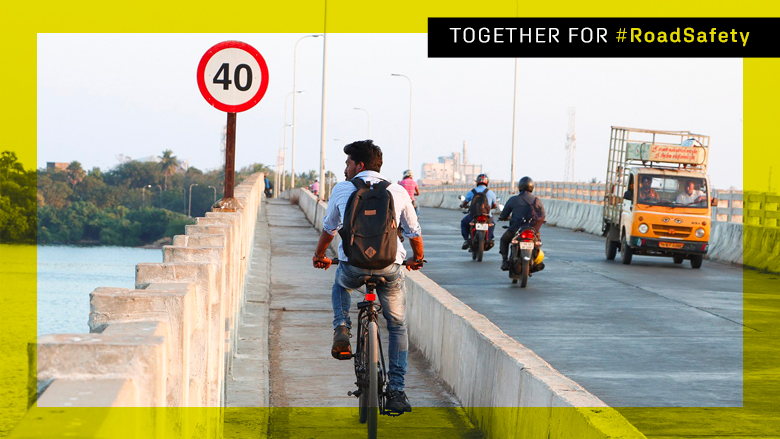
“Every life lost on the road is one too many” resonates viscerally in Tamil Nadu, which until recently, was one of the worst-ranked states in India for road crashes and fatalities.
In 2014, more than 15,000 people were dying every year from road crashes in Tamil Nadu. But decision-makers have turned the situation around through strategic vision and leadership.
What important lessons can other Indian states learn from Tamil Nadu’s successful experience in improving road safety? This blog tells more: http://wrld.bg/CukC50DyKyG
Making roads safer for India’s popular two-wheelers
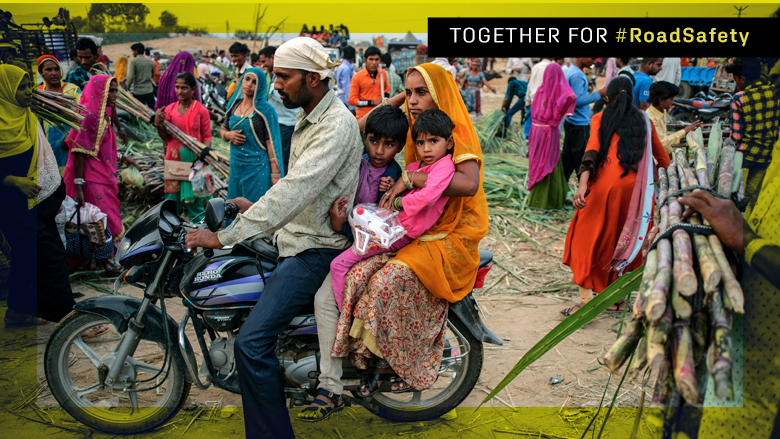
In India, two-wheelers – motorbikes and scooters - remain the first choice for upwardly mobile families and young commuters as they buy their first motorized vehicles. The e-commerce boom has added to the numbers of two-wheelers on Indian roads, and they now dominate urban delivery systems.
Despite the gain in accessibility two-wheelers offer, they pose a danger to themselves and to others as they weave and swerve unpredictably through traffic, take over sidewalks or park anywhere.
Yet, we remain far from managing or providing for them. This blog tells how we can make Indian roads safer for this mode of transport: http://wrld.bg/vLKk50DyKlu
